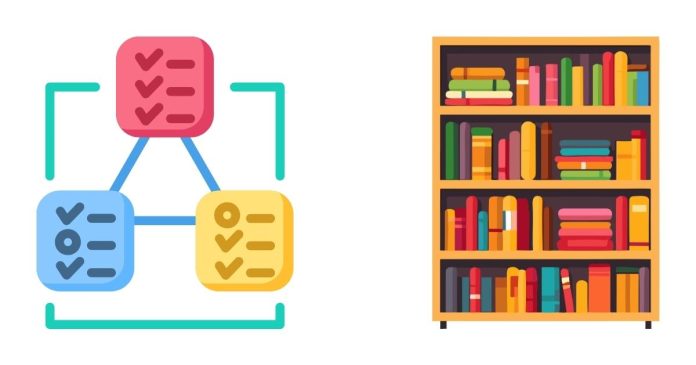In the ever-evolving world of software development, the terms “framework” and “library” often come up. While both are essential tools in a developer’s arsenal, they serve distinct purposes and follow different paradigms. Understanding the differences between the two can help developers make better decisions when building applications.
What is a Library?
A library is a collection of pre-written code that developers can use to perform common tasks. It provides functions, classes, and methods that simplify the implementation of specific features without having to write code from scratch. Libraries are usually focused on a particular functionality, such as data manipulation, networking, or user interface components.
Key Characteristics of a Library:
- Specific Functionality: Libraries are designed to address specific tasks or solve particular problems.
- Call-Based Usage: Developers call library functions from their code, retaining full control over the flow of the application.
- Flexibility: Since libraries are modular, they can be included or excluded as needed without affecting the overall application structure.
Example: The popular JavaScript library Lodash provides utility functions for common programming tasks, such as array manipulation and object cloning. Developers can import specific functions and use them in their projects.
What is a Framework?
A framework, on the other hand, provides a structured environment or “blueprint” for developing applications. It dictates the architecture and design patterns to follow, offering a skeleton that developers fill in with their code. Frameworks are more opinionated than libraries, promoting consistency and best practices across applications.
Key Characteristics of a Framework:
- Inversion of Control: Unlike libraries, frameworks control the flow of the application. Developers integrate their code into the framework, which manages execution.
- Comprehensive Scope: Frameworks often cover a broad range of functionalities, including routing, database interaction, and user interface rendering.
- Convention Over Configuration: Frameworks emphasize standard practices, reducing the need for extensive setup and boilerplate code.
Example: The Angular framework provides a complete solution for building dynamic web applications, with built-in tools for routing, dependency injection, and reactive programming.
Key Differences Between Frameworks and Libraries
| Aspect | Library | Framework |
|---|---|---|
| Control Flow | Developer controls the flow and calls library functions. | Framework dictates the flow; developers add custom logic. |
| Purpose | Focused on specific tasks or functionality. | Provides a complete structure for application development. |
| Flexibility | Highly modular; can be used as needed. | More rigid; requires adherence to its architecture. |
| Learning Curve | Easier to pick up due to limited scope. | Steeper learning curve due to comprehensive features. |
Choosing Between a Framework and a Library
The choice between a framework and a library depends on the project requirements, team expertise, and development goals:
- Use a library when you need specific functionality without altering your application’s overall architecture.
- Use a framework when you require a cohesive structure and built-in tools to streamline development.
Both frameworks and libraries are indispensable in software development, but they serve different purposes. A library is a tool you call upon when needed, while a framework is an environment that shapes how you build your application. Understanding these differences ensures you choose the right tool for the job, ultimately leading to more efficient and maintainable code.


